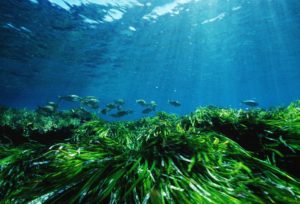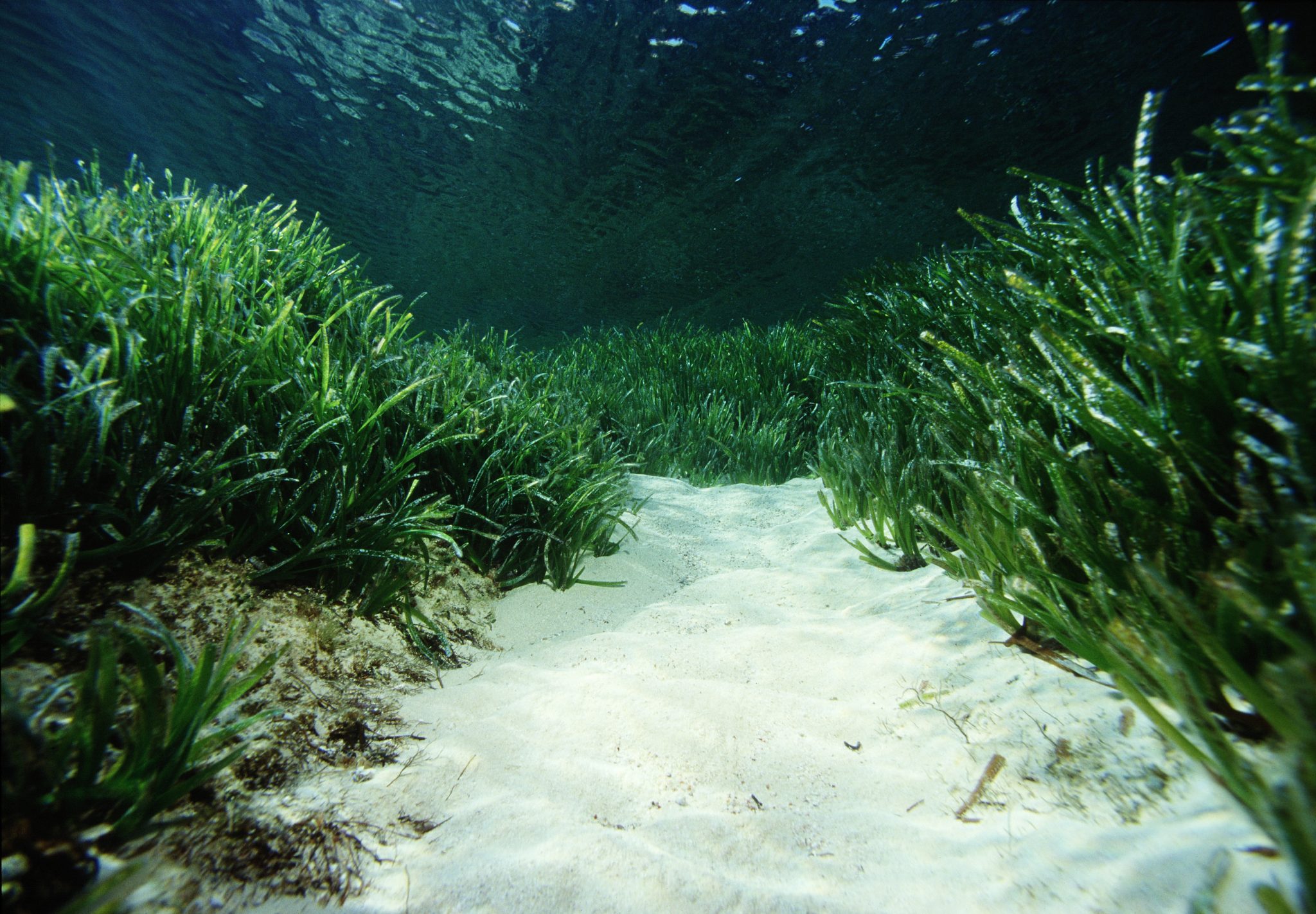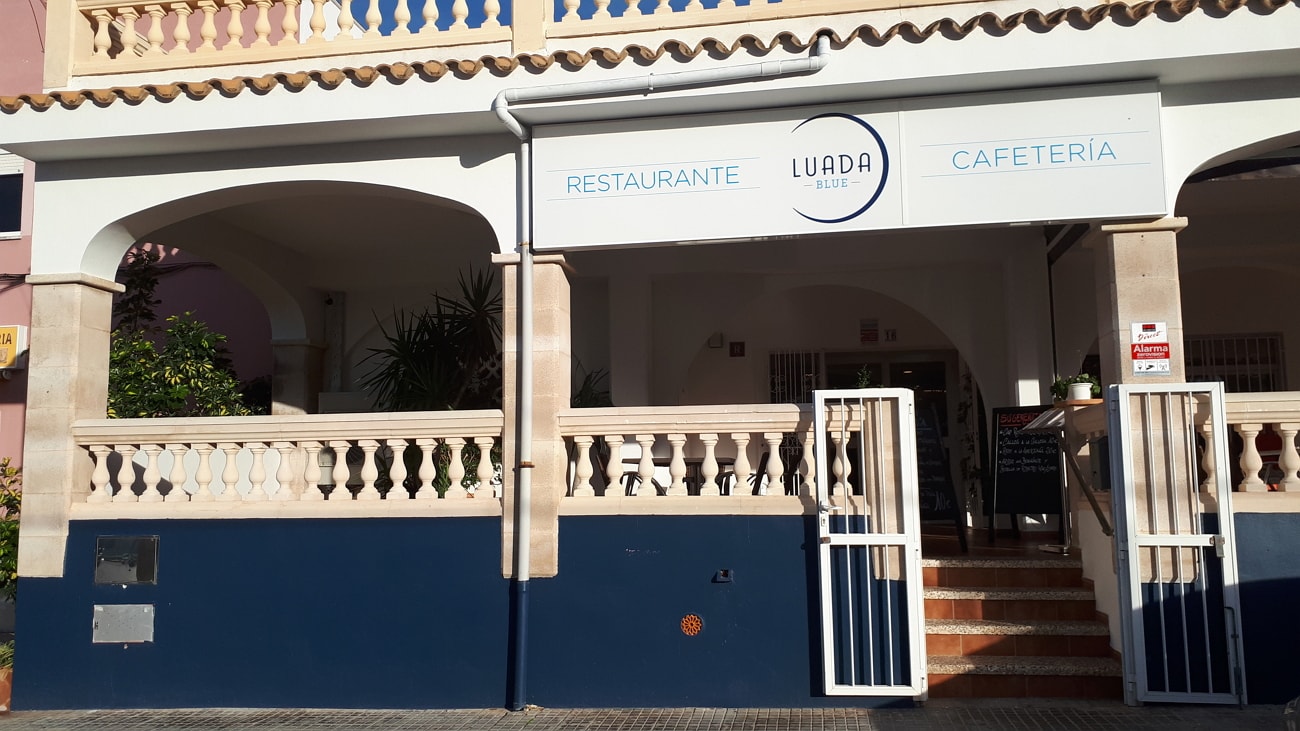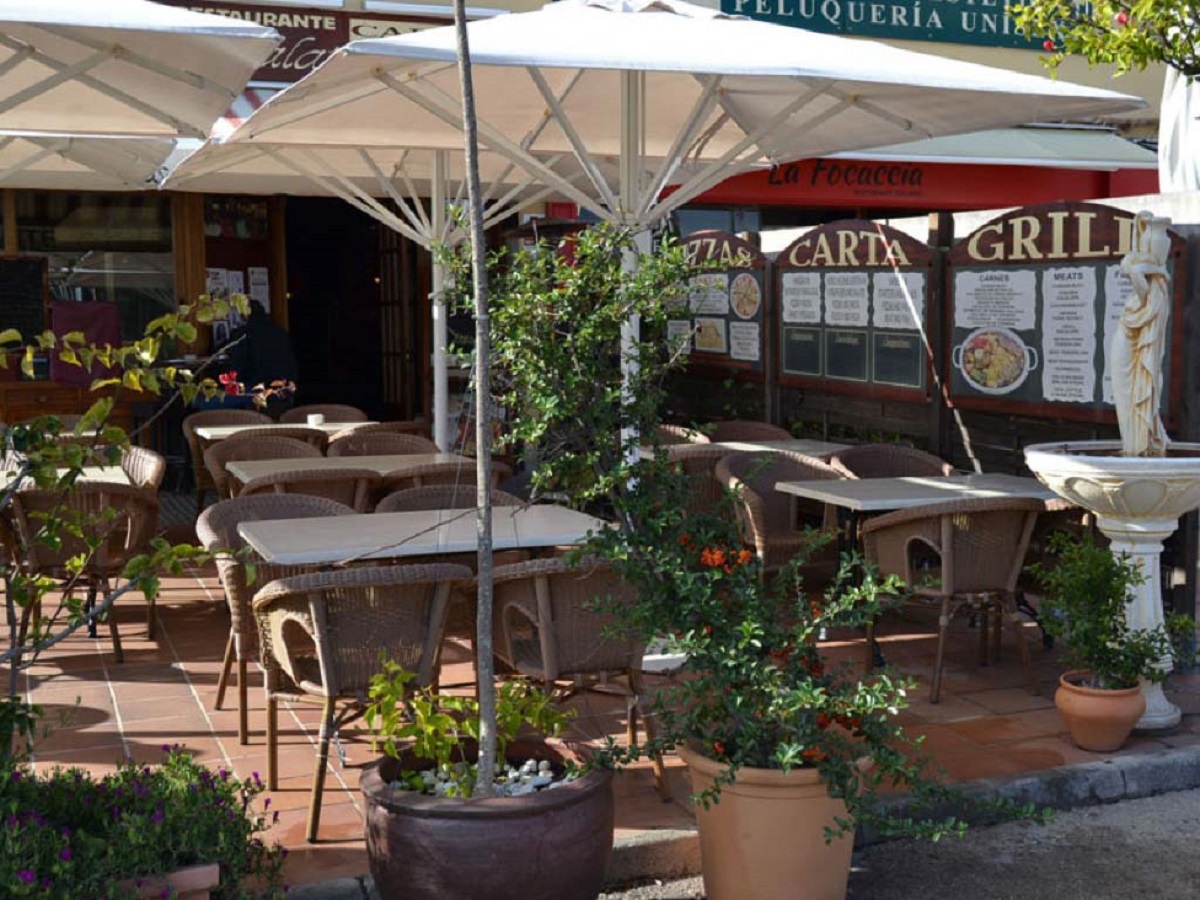If you look at the coastline of Llucmajor, in some shallower areas, you can see the transparent sea water with lighter turquoise blue tones corresponding to sandy sea beds. Next to them, you can see darker areas, green or brownish depending on the time of year. These generally correspond to Posidonia oceanica habitats. Posidonia meadows are essential for life in the Mediterranean. They oxygenate the water, keeping it clear, absorb CO2, and are home to many species that find shelter and food there. Posidonia oceanica is not a seaweed but a phanerogam plant endemic to the Mediterranean, with all its parts: root, stem, leaves, inflorescence, and fruits.
When its long leaves fall off following their natural cycle, they sink to the seabed and are then deposited on the beaches by the waves. Therefore, these deposits of leaves on the sand are not rubbish, quite the contrary, they are a natural protection against the waves that helps to prevent beach erosion. Traditionally, the leaves were collected for agricultural and livestock uses such as fertilizer, food, and bedding for animals in stables, among others. So much so that the old road leading to s’Arenal was called camí de s’Algar because farmers used to go to this area where this plant material accumulated.
Currently, the leaves are removed for aesthetic reasons due to tourism, although this leads to a loss of sand. Posidonia meadows are protected by law and anchoring on them is prohibited. Special buoys are installed so that boats can moor without causing damage.
https://atlasposidonia.com/es/que-es-la-posidonia/






